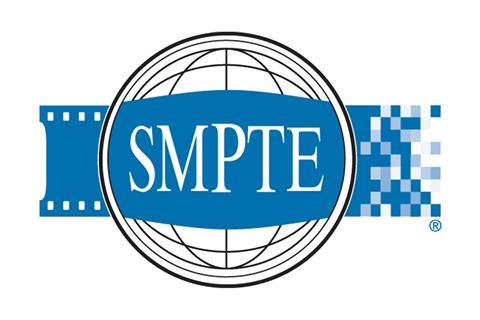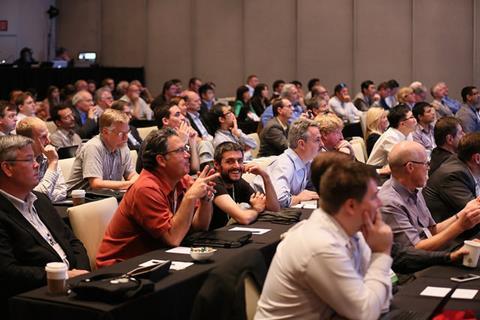- SMPTE opens technical paper submissions
- Students encouraged to submit papers
- VR, AR and MR highlighted as hot topics
The Society of Motion Picture and Television Engineers has opened its call for technical manuscripts focussed on the future of media distribution and developments with forward-thinking cutting edge technology applications.

The Society of Motion Picture and Television Engineers (SMPTE) has opened its call for technical manuscripts with successful proposals to be presented at the SMPTE Annual Technical Conference and Exhibition.
The SMPTE 2019 programme committee has encouraged authors of the proposals to look into the future on the developments of technology, content creation of images and sound as well as across the allied art and science sectors.
SMPTE Education vice president and Imagine Communications marketing manager for playout Sara Kudrle said: “The papers presented at SMPTE 2019 will shape the future of media infrastructures, workflows, and storytelling from both a technical and creative perspective.
“We’re seeking abstracts from current and upcoming experts that represent a wide range of topics and perspectives across the global motion-picture, television, and professional media industry.”
Proposed papers must be informational, high-quality and address technical theory, research, innovation, application or practice specific to any of the evolving technologies associated with the media and entertainment industry.
The judging panel with give preference to forward-thinking proposals and research-based proposals that specifically address new technology which includes virtual reality (VR), augmented reality (AR) and mixed reality (MR) 360-degree video.
The committee encourages the perspective of the next generation of student storytellers and industry leaders to submit an application.
However, papers that are of a commercial or promotional nature will not be considered.
SMPTE 2019 Paper Topics:
• UHD, HDR, 4K, high frame rate (HFR)
• Future of media distributions (OTT, ATSC 3.0, mobile)
• Media infrastructure and control (SDI, IP)
• Workflow management (file-based, automation)
• Cloud and virtualised media processing
• Image acquisition and processing
• Content management and storage, restoration, and preservation
• Cinema processing and projection technology
• Human perception of images or sound
• Quality and monitoring of images and sound
• New compression techniques and implementations
• Content and network security
• New techniques in audio (scene-based production, compression, transport, immersive)
• Advances in display technologies
• Future media technologies, such as virtual reality/augmented reality/mixed reality and 360-degree video (VR/AR/MR)
• Machine learning (ML) and artificial intelligence (AI) technology in professional content creation
• Encouraging inclusion and diversity in STEM
The deadline for the abstract submission is 30 April 2019.
The SMPTE the annual technical conference is the leading forum for exploring the evolution of media and entertainment technology. SMPTE 2019 will feature a high-tech exhibit hall, three days of technical sessions, and enhanced networking events, all of which bring attendees unparalleled opportunities for professional development, relationship building, and “mind sharing.”
Following the conference, the accepted manuscripts will be published on the SMPTE Digital Library hosted on the IEEE Xplore platform, and video of each paper presentation will be posted to the Society’s YouTube channel.

The submitted manuscripts will also go through peer review for possible publication in the award-winning SMPTE Motion Imaging Journal.
Following SMPTE 2019, SMPTE will publish accepted manuscripts to the SMPTE Digital Library hosted on the IEEE Xplore platform, and video of each paper presentation will be posted to the Society’s YouTube channel. Submitted manuscripts will also go through peer review for possible publication in the award-winning SMPTE Motion Imaging Journal.
- Read more SMPTE surges forward
























No comments yet